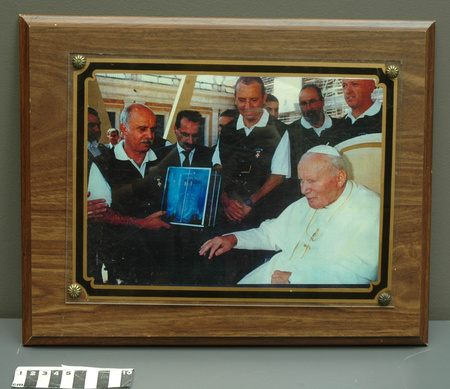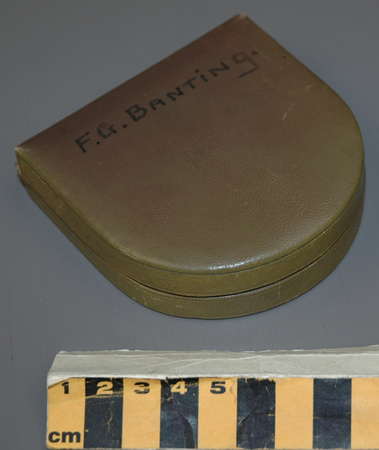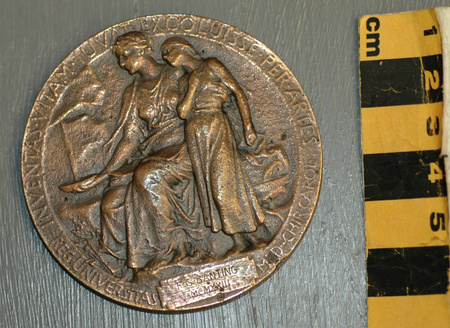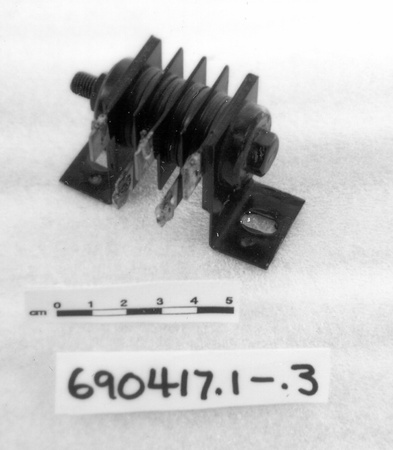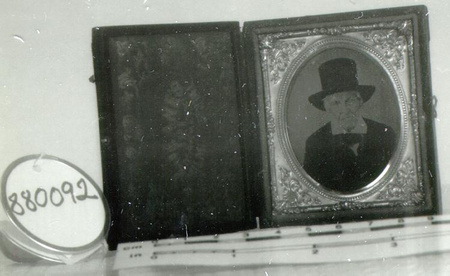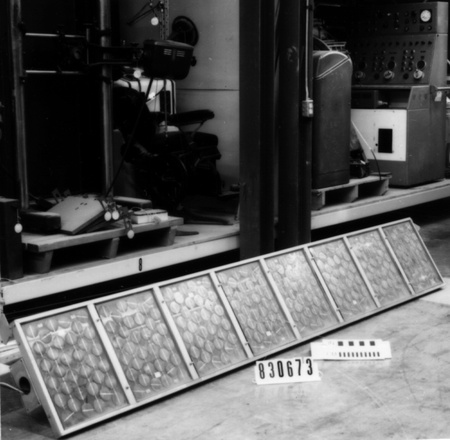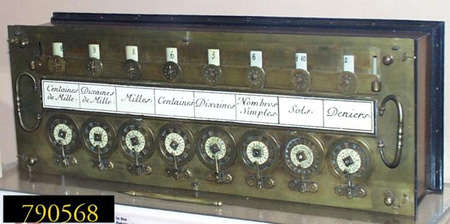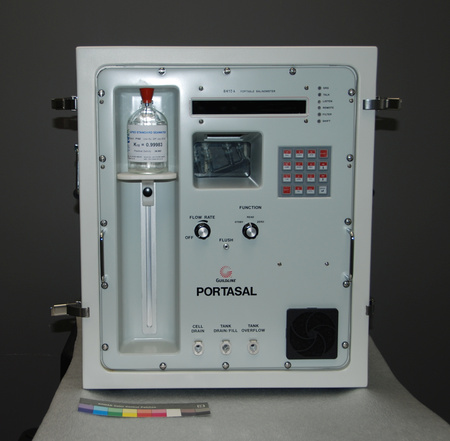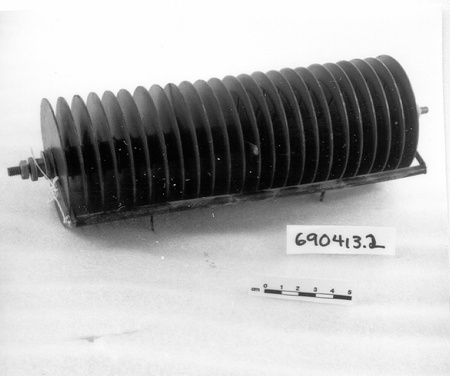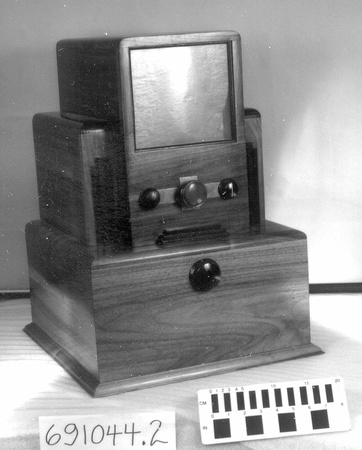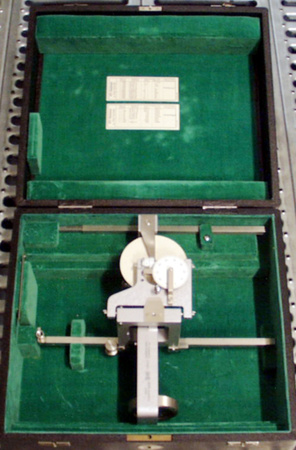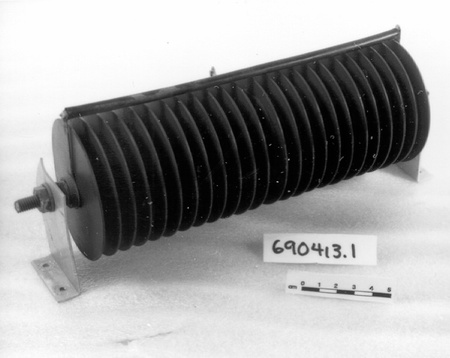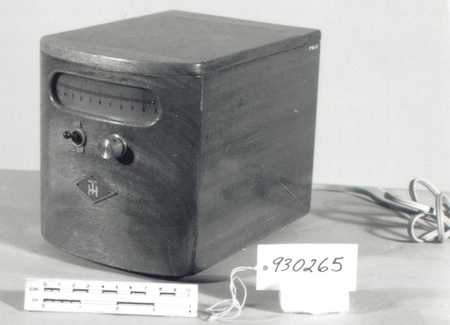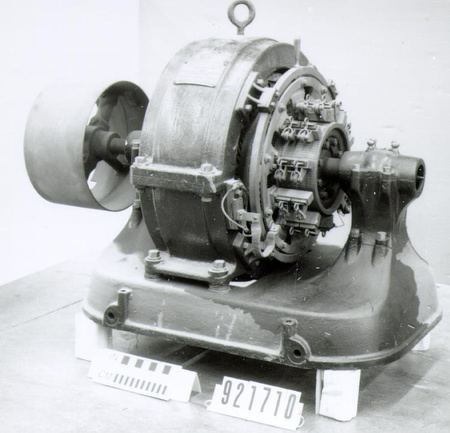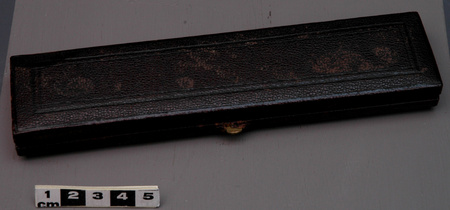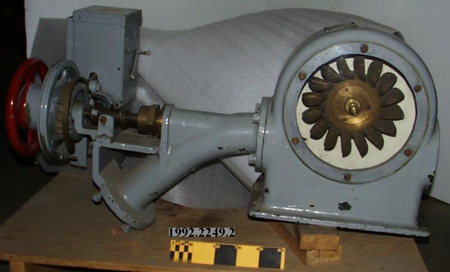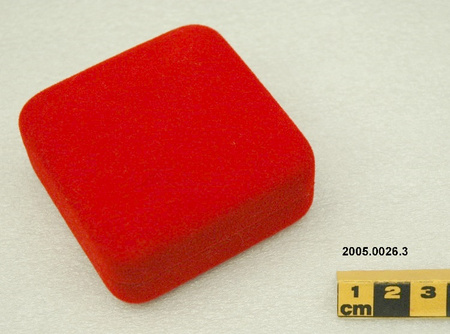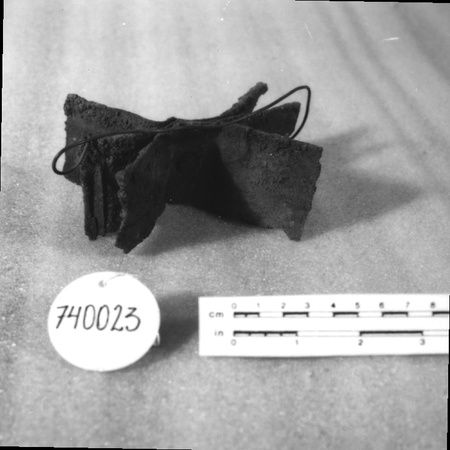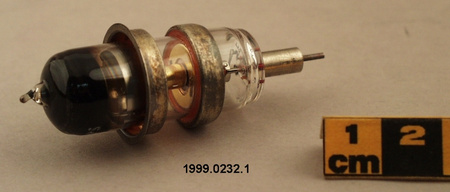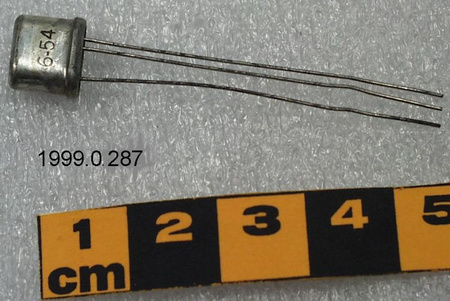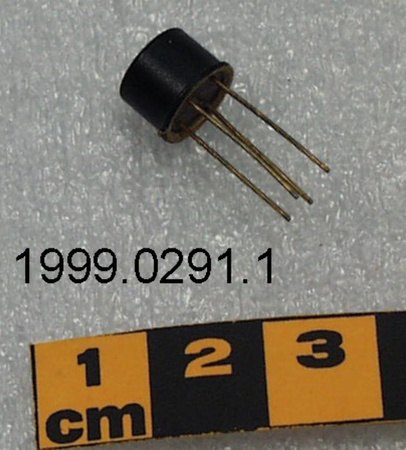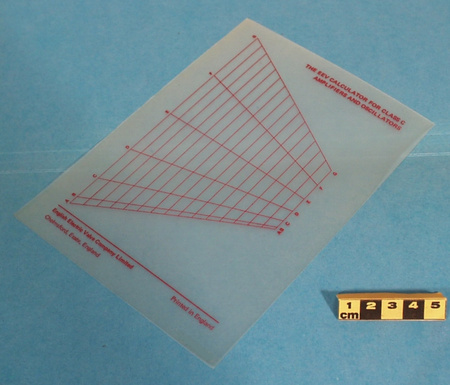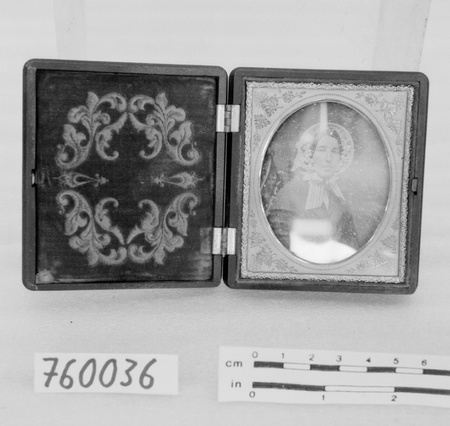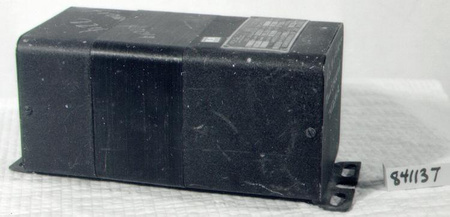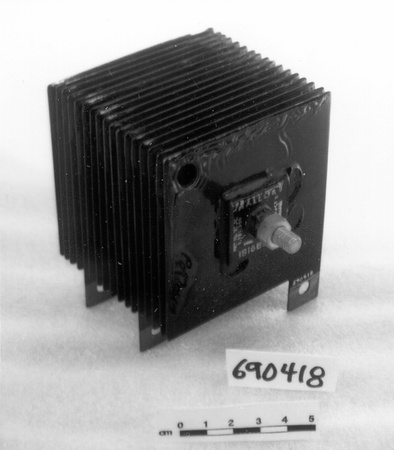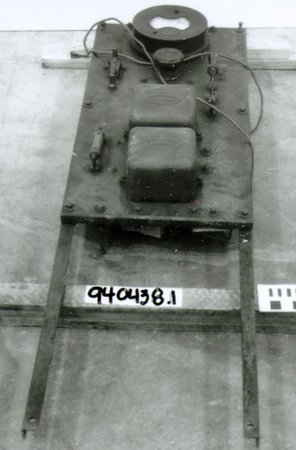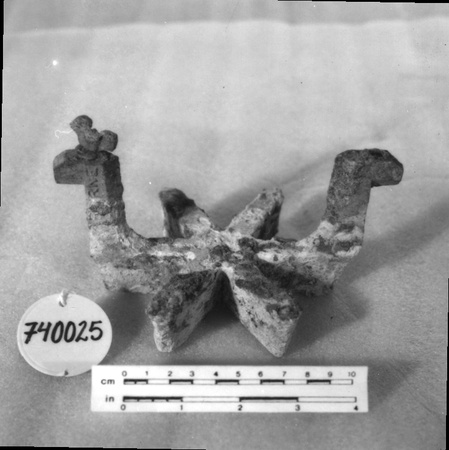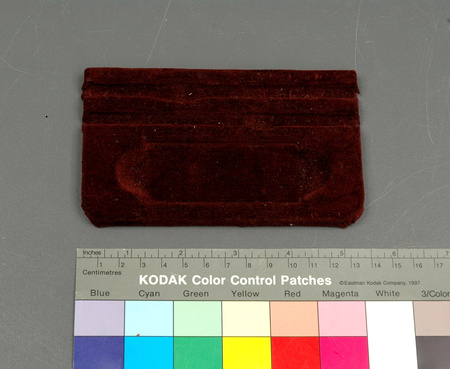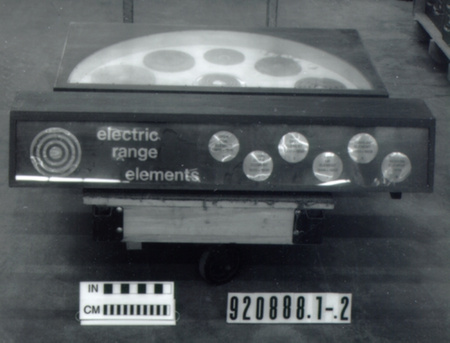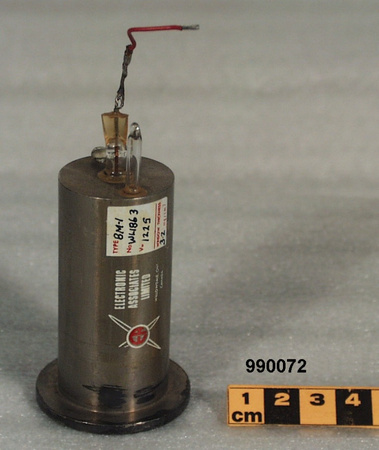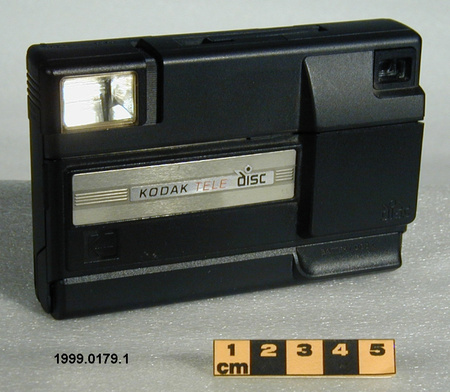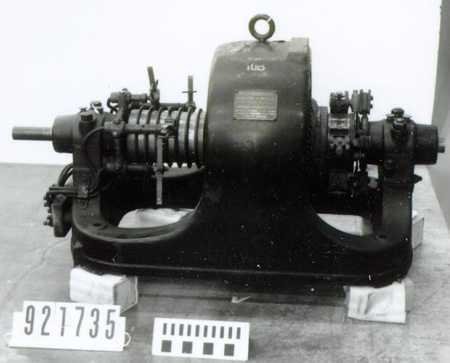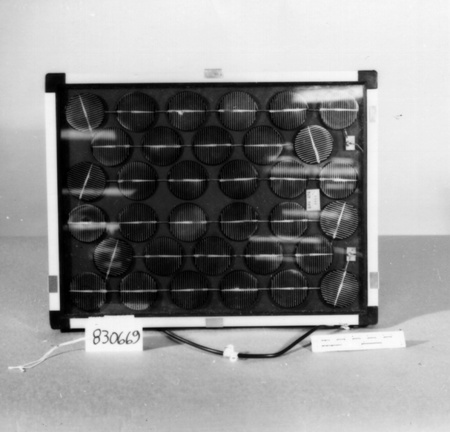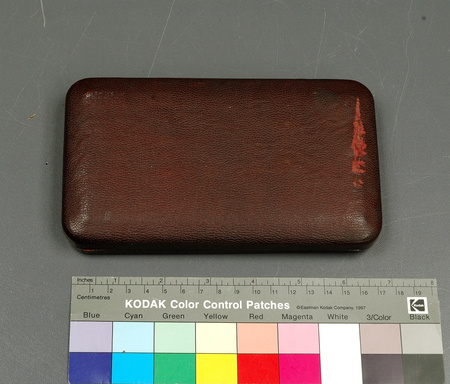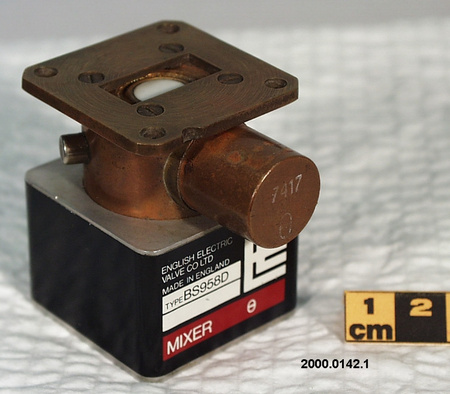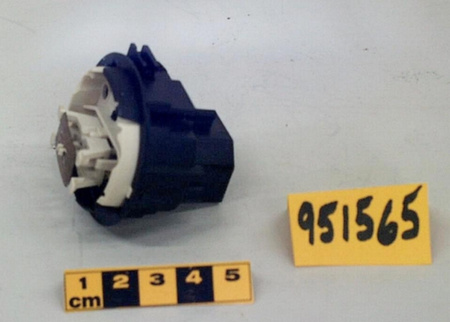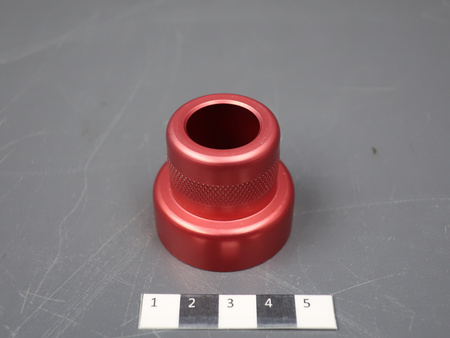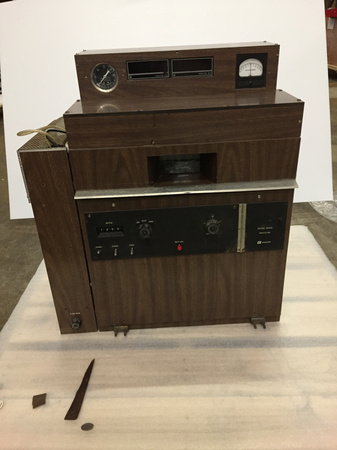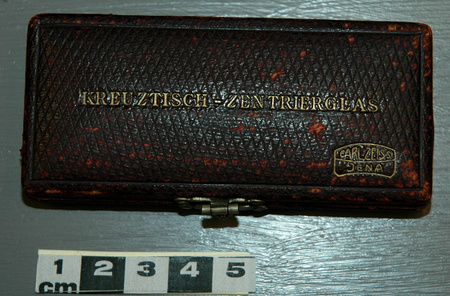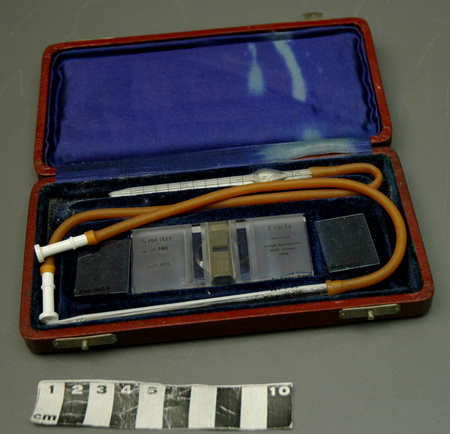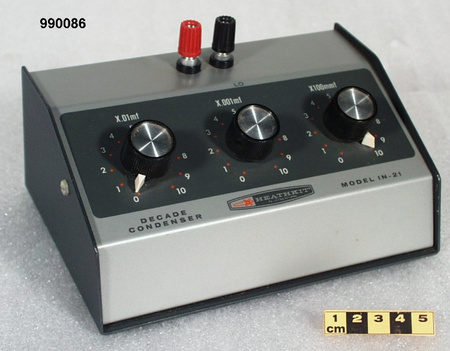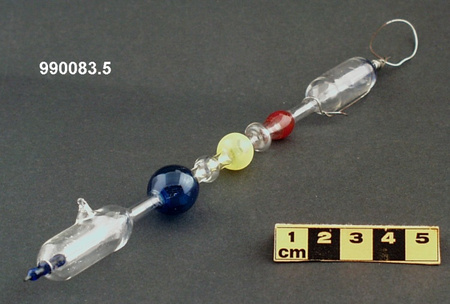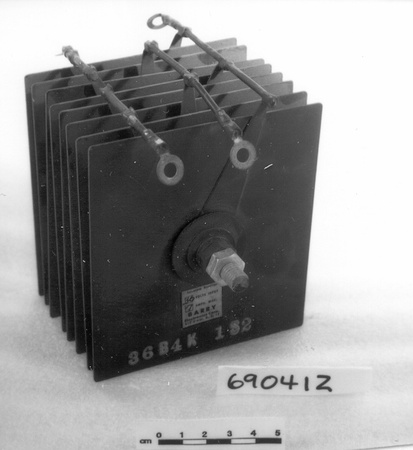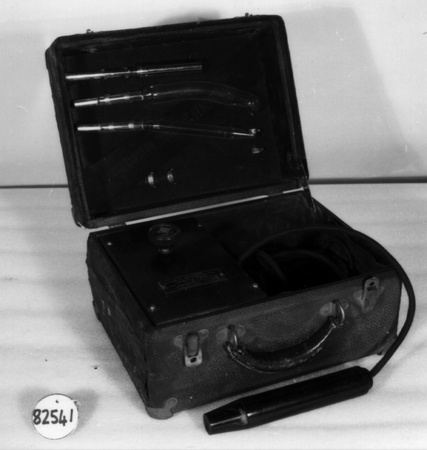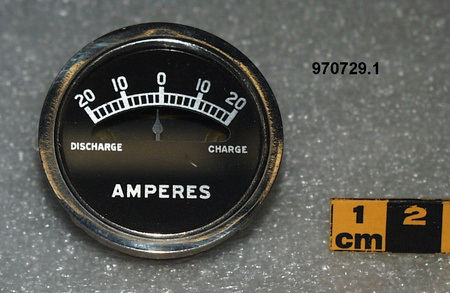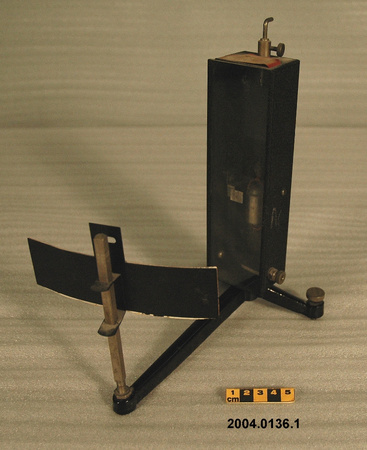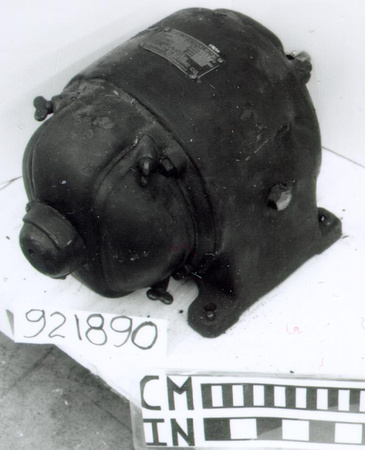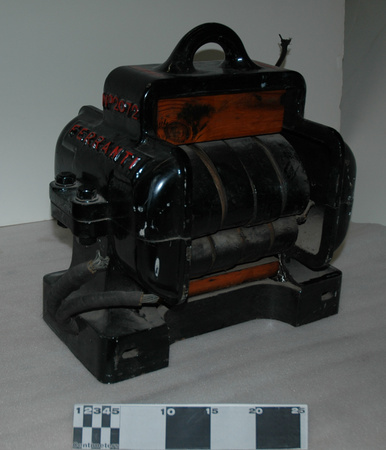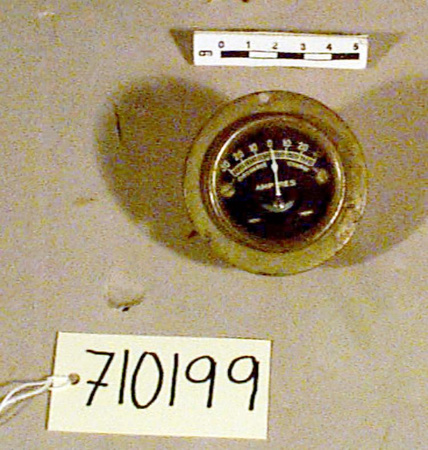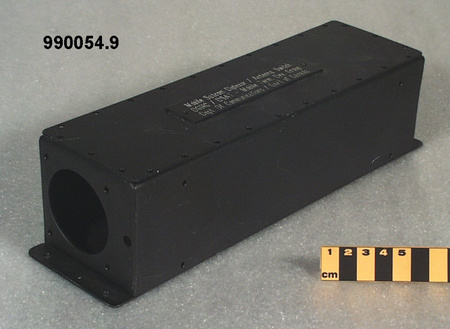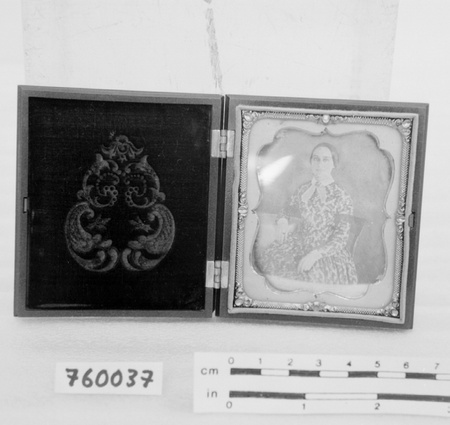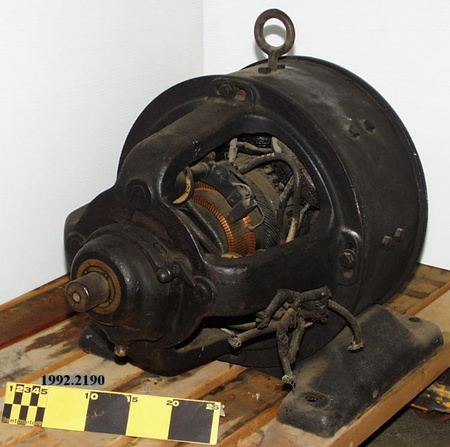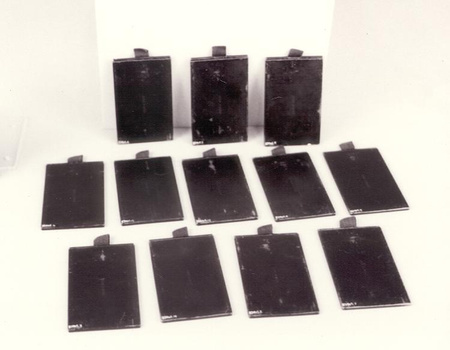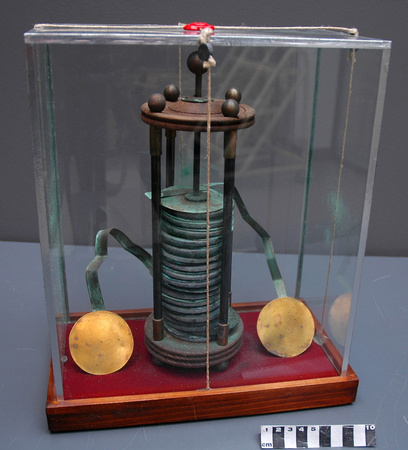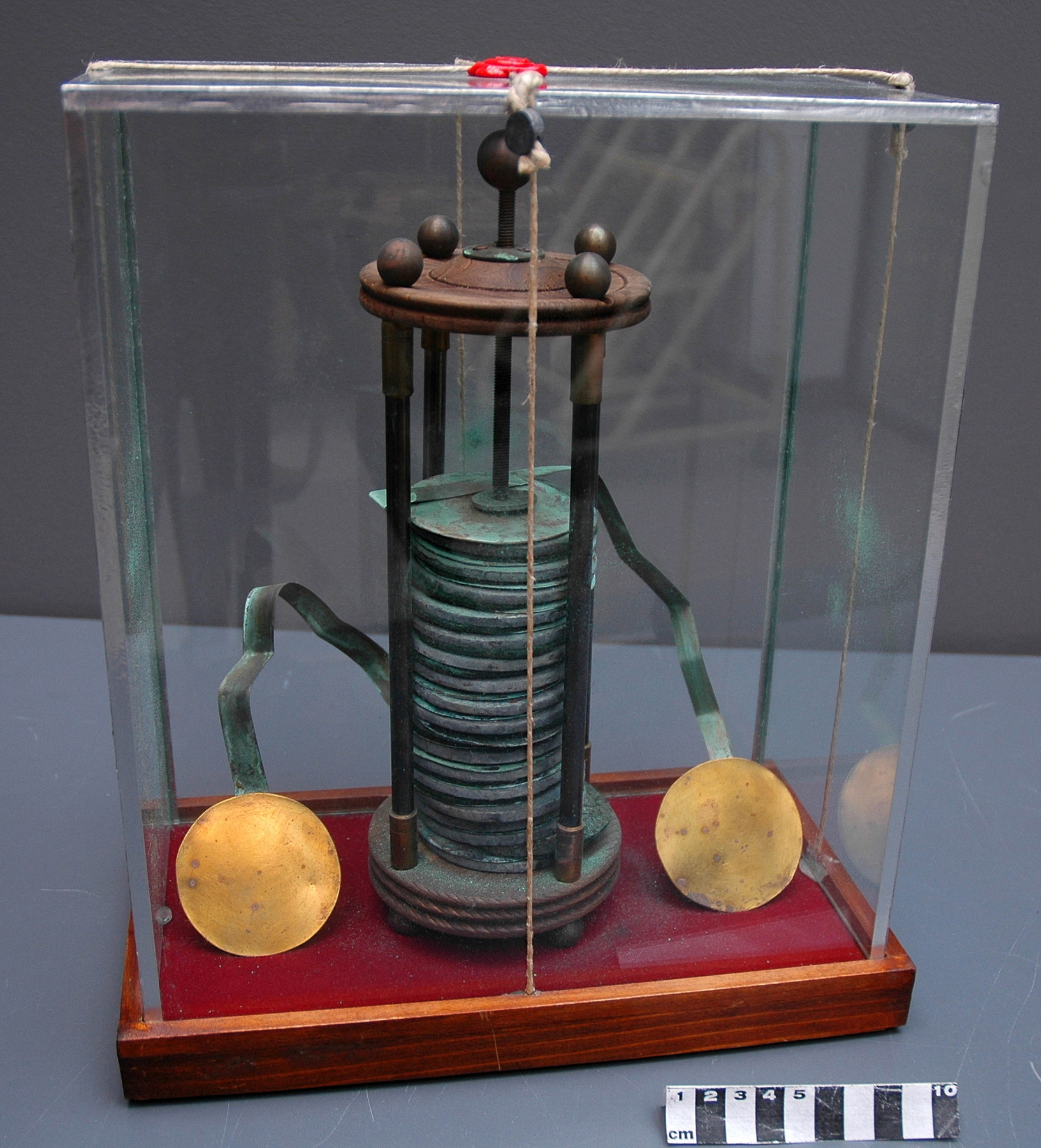Voltaic pile replica
Use this image
Can I reuse this image without permission? Yes
Object images on the Ingenium Collection’s portal have the following Creative Commons license:
Copyright Ingenium / CC BY-NC-ND (Attribution-NonCommercial 4.0 International (CC BY-NC 4.0)
ATTRIBUTE THIS IMAGE
Ingenium,
2010.0087.001
Permalink:
Ingenium is releasing this image under the Creative Commons licensing framework, and encourages downloading and reuse for non-commercial purposes. Please acknowledge Ingenium and cite the artifact number.
DOWNLOAD IMAGEPURCHASE THIS IMAGE
This image is free for non-commercial use.
For commercial use, please consult our Reproduction Fees and contact us to purchase the image.
- OBJECT TYPE
- N/A
- DATE
- 1999
- ARTIFACT NUMBER
- 2010.0087.001
- MANUFACTURER
- Unknown
- MODEL
- Unknown
- LOCATION
- Como, Italy
More Information
General Information
- Serial #
- N/A
- Part Number
- 1
- Total Parts
- 2
- AKA
- Volta pile
- Patents
- N/A
- General Description
- Zinc and copper discs separated by cloth soaked in salt water are stacked on metal [bronze ?] and wood form; pile is housed within wood and clear plexiglass case: inside case, pile rests on dark red velvet [?] base; case is "sealed" by string, and grey lead and red wax seals. Edges of plexiglass cover have bright silver finish.
Dimensions
Note: These reflect the general size for storage and are not necessarily representative of the object's true dimensions.
- Length
- 28.1 cm
- Width
- 16.0 cm
- Height
- 33.3 cm
- Thickness
- N/A
- Weight
- N/A
- Diameter
- N/A
- Volume
- N/A
Lexicon
- Group
- Physics
- Category
- Electricity
- Sub-Category
- N/A
Manufacturer
- AKA
- Guatterini
- Country
- Italy
- State/Province
- Unknown
- City
- Como
Context
- Country
- Canada
- State/Province
- Unknown
- Period
- This replica presumably displayed 1999 +
- Canada
-
Unknown - Function
-
To demonstrate appearance of Voltaic pile, used to produce a continuous electrical current. - Technical
-
The Voltaic pile developed out of a disagreement between Italian physicists Alessandro Volta and Luigi Galvani in the late 18th century. Galvani observed that dissected frog's legs twitch when they are part of a circuit that includes two different pieces of metal. He concluded that the twitching was due to electricity in the animal. Volta disagreed, arguing that the electricity was created not by the animal, but by the contact of the two different metals. Through experiments that built on his belief, Volta found that a constant electrical current could be formed by a stack of alternating zinc and copper discs divided by cloth or cardboard soaked in salt water. He announced his findings in 1800. Physicists throughout Europe and America quickly built their own versions of the pile and used them to conduct various types of experiments. There are two major ways in which the technical significance of the Voltaic pile should be considered. First, it is the foundation of stored electricity and the ancestor of the modern battery. Second, Volta's invention is central to the history of science and medicine because the development of the pile expanded the type of experiments that could be conducted using electricity. Previous to Volta's discovery, scientists depended on static charges, which provided powerful but brief jolts of energy. With the pile, scientists had a weak but constant current upon which they could rely. This constant current led to major findings in a number of fields. For instance, chemists were able to break down many compounds into the elements of which they are made. In physics, the pile allowed for further electrical discoveries, including the understanding of the ties between electricity and magnetism. Volta's work also had a great effect on medicine. Galvani had pioneered electrotherapy with his study of how electricity caused muscles to contract, but the Voltaic pile allowed his methods to become standard practice. Surviving original Voltaic piles are rare. This reproduction was one of four made in 1999 by Gelside Guatterini, an electrician at the Volta Museum in Como who had been making reproductions based on the museum's original since the 1980s. Guatterini's devotion to Volta, as well as the fact that he was an employee at the Volta museum, is indicative of the quality of his replicas. He uses the same methods and materials as Volta, and his models are in the collections of a number of museums, including ones in Milan, Pavia, Lyon, and Takamachi. While there is no Guatterini signature on this replica, and it is not accompanied by any Guatterini paper work, there is little doubt that this is a model made by Guatterini. In photos, it closely resembles the Como original, a Guatterini replica in the University of Pavia's collection, and the pile presented to the Pope. A pile similar to the one we have been offered is shown in a television interview with Guatterini. ( See : http://www.youtube.com/watch?v=Jirs-nSTQP8 ) [Ref. 1] - Area Notes
-
Unknown
Details
- Markings
- None evident.
- Missing
- Appears complete.
- Finish
- Zinc and copper discs separated by cloth soaked in salt water are stacked on metal [bronze ?] and wood form; pile is housed within wood and clear plexiglass case: inside case, pile rests on dark red velvet [?] base; case is "sealed" by string, and grey lead and red wax seals. Edges of plexiglass cover have bright silver finish.
- Decoration
- N/A
CITE THIS OBJECT
If you choose to share our information about this collection object, please cite:
Unknown Manufacturer, Voltaic pile replica, 1999, Artifact no. 2010.0087, Ingenium – Canada’s Museums of Science and Innovation, http://collection.ingenium.ca/en/id/2010.0087.001/
FEEDBACK
Submit a question or comment about this artifact.
More Like This
